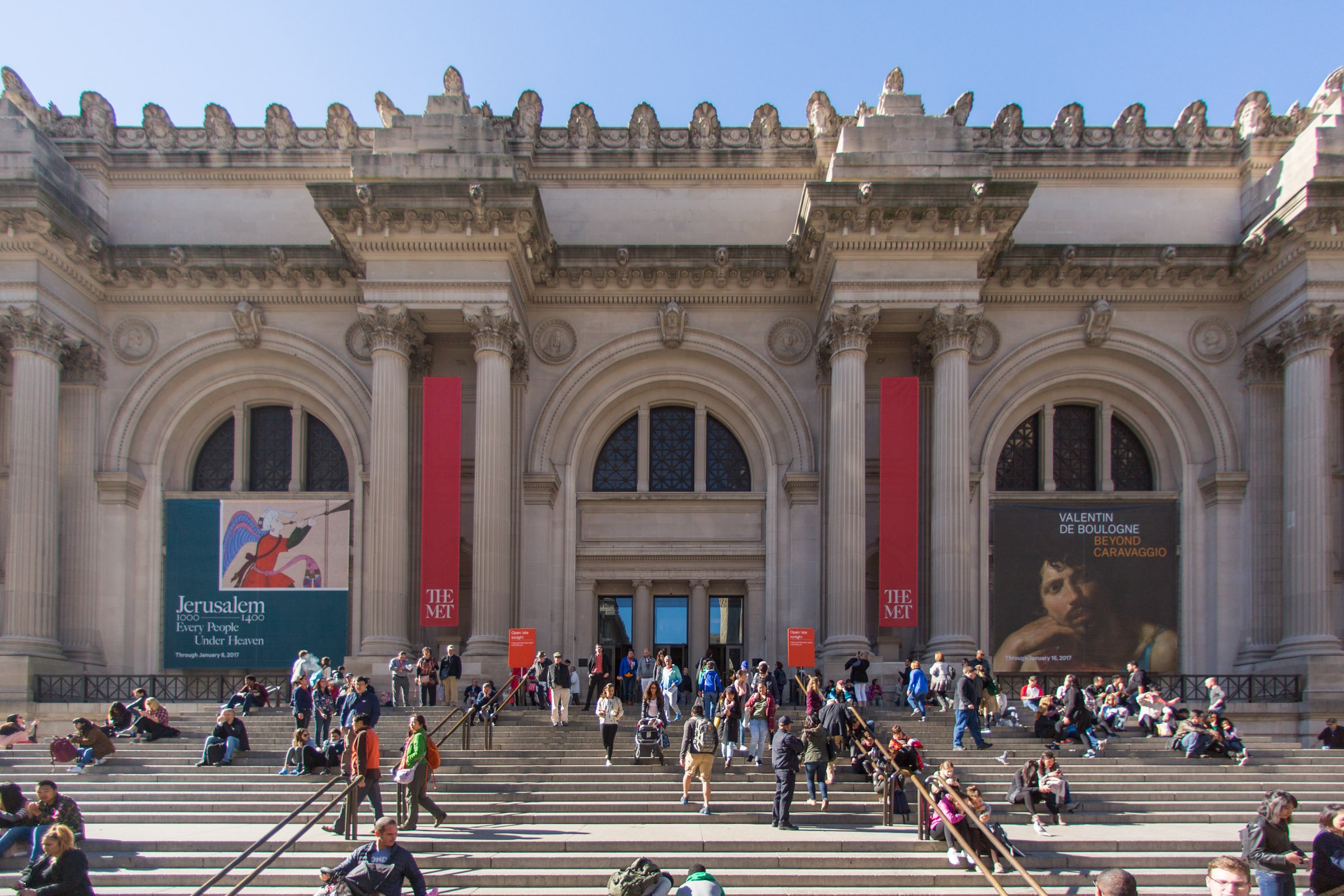
The Metropolitan Museum of Art has resumed its previously shelved plans to expand—with a slightly refined approach. The museum announced it will revamp its galleries dedicated to Africa, Oceania, and the Americas before embarking on a pricier update of its modern and contemporary wing.
The museum has tapped architect Kulapat Yantrasast from the firm wHY to helm the $70 million overhaul of its Michael C. Rockefeller Wing, which comprises 40,000 square feet and is located on the south side of the building. Each of its three major sections—dedicated to the arts of Africa, Oceania, and the Americas—will be reorganized so that they are displayed as “discrete elements in an overarching wing that is in dialogue with the museum’s collections as a whole,” according to a statement. Renovations will begin in late 2020 and are slated for completion in 2023. Around one-third of the funds for the project have been raised so far, according to the New York Times.
Max Hollein, the new director of the Metropolitan Museum of Art. Photo by Eileen Travell, courtesy of the Met.
The move is the latest indication that Max Hollein, who is roughly three months in to his tenure as the Met’s new director, represents a new chapter for the institution. President and CEO Daniel Weiss told the Times that it was important to wait for Hollein to arrive before moving ahead with the building improvements so that he could have input and take ownership of the project. Perhaps of equal importance, Weiss said the Met is now on track to balance its $320 million annual budget by 2020 after years of belt-tightening and financial turbulence.
In a recent interview with artnet News, Hollein noted that he is rethinking how encyclopedic museums present international art. “If you go away from the Eurocentric perspective and stop defining contemporary art as just 20th-century European and American art, you would be surprised how many objects in other galleries—like the African galleries, for example—are from the 20th century,” he said.
The Rockefeller Wing overhaul is one of several large infrastructure projects now underway or on the horizon for the Met, including a multiyear project to renovate 10 galleries focused on British decorative arts and sculpture, due to be completed in winter 2020, and another project to replace skylights in the European paintings gallery that began this past summer and will continue through 2022.
As part of its new building announcements, the museum also confirmed plans to resume its long-discussed revamp of its modern and contemporary wing, which was placed on hold in early 2017 amid the Met’s financial troubles. The southwest wing now has a revised design by UK architect David Chipperfield and the projected cost is $600 million, according to the museum, down from $800 million for the previous plan. Hollein, who knows Chipperfield personally, has been reviewing plans with him over the past several weeks. The museum has not commented on how much money has been raised for the project to date.
Notably, the projects come at a time of renewed financial stability for the museum. Eight months after instituting a controversial new admissions policy under which non-New Yorkers must pay $25 for entry, the Met said it has increased its revenue 41 percent over last year (earned revenue includes retail, restaurants, and admissions). Admissions revenue, in particular, has increased 30 percent year over year, and attendance has also increased despite the new ticketing policy.
In September, the Met also announced its decision to vacate the Met Breuer, where it has been organizing modern and contemporary art shows since 2016. The departure comes three years ahead of schedule. Moving forward, the museum aims to make contemporary art a bigger presence in its flagship building. Hollein plans to install temporary installations by contemporary artists throughout the museum, including major sculpture commissions in the empty niches on the museum’s facade.
Hollein recently gave artnet News a hint about his approach to contemporary art in an encyclopedic museum. “You can also tease contemporary viewpoints out of other collections,” he explained. “I’m not so keen on putting one contemporary piece smack in the middle of the Greek and Roman gallery and saying, ‘Well, here is a dialogue.’ That’s not what I’m talking about. I think it’s a question of contemporary art, but also contemporary perspectives, and finding the contemporary in some places around the museum where you might not expect it.”